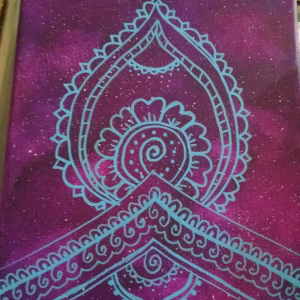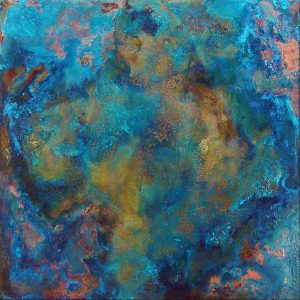Wabi-sabi
Beauty in the imperfection.
It’s hard to be creative. A mind full of wonderful ideas always wants to see those visions executed to perfection, and of course we live in an imperfect world. Art in any form can be frustrating when, despite your best efforts, your finished project isn’t quite what you had pictured when you started.
After a lifetime of creating, I’ve been learning that the true mark of an artist is learning to find the positives even in a project that doesn’t meet one’s own expectations. A painting isn’t “scrap” just because one of my lines isn’t straight. A drawing shouldn’t be erased because my proportions are a little off. Instead, I’m learning to embrace the wabi-sabi in my work.

My drawing is wonky. But it’s still cool!
Wabi-sabi is a Japanese convention that acknowledges the imperfections of the world and encourages people to accept those flaws as innate beauty. Based in Buddhism, which teaches that all things are impermanent and that desires bring suffering, the concept of wabi-sabi has become a staple of Japanese aesthetics.
Examples of wabi-sabi are everywhere. Have you ever passed a crumbling, abandoned building and found yourself realizing how beautiful its emptiness truly is? And what about an oxidized patina on metal? The variations in a rose’s petal spiral is an example of wabi-sabi. Hell, even Cindy Crawford’s mole could make the list!

Patina on metal.
This concept of finding beauty in an imperfection is applicable not only to the arts, but to life as well. We’d all like to be that lucky person for whom everything always seems to turn out perfectly all the time – but let’s face it, most of us will never be that person! It’s important to realize that even failure has an upside, and that just because an endeavor didn’t work out the way you’d planned, there’s still so much to be gained and appreciated in the pursuit.
Life is imperfect. Embrace the beauty.

